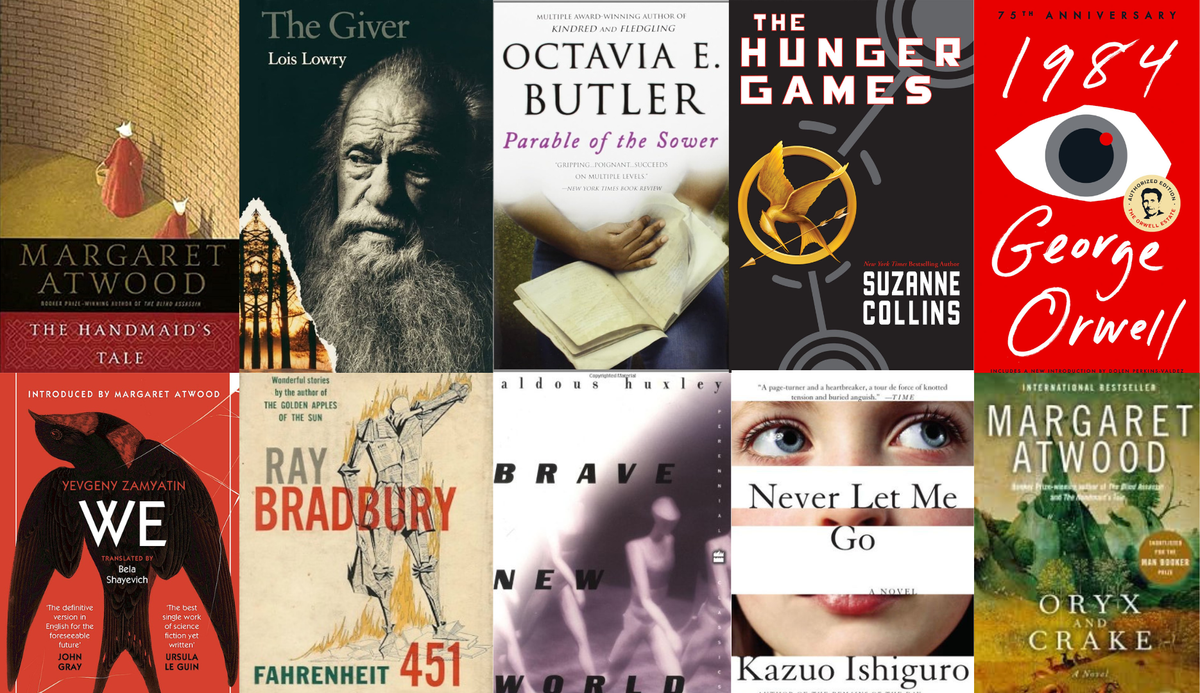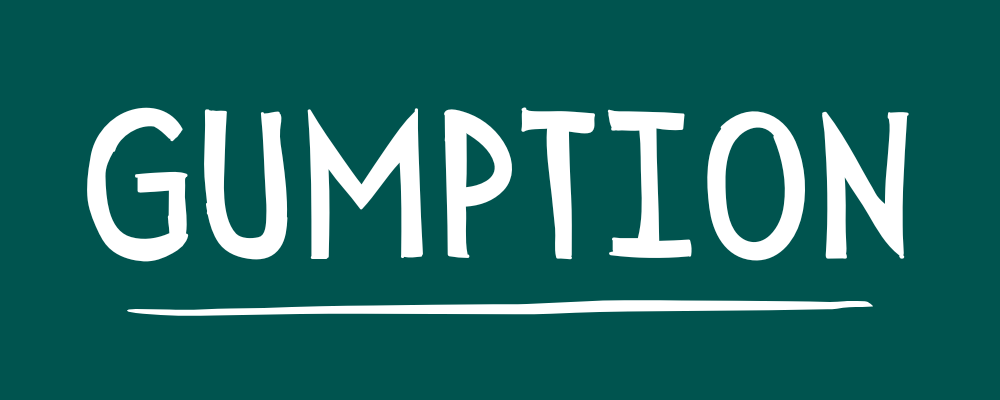It’s always been a dystopia—now what?

In the 6th grade, I was assigned to read Lois Lowry’s The Giver, which is a young adult novel about a dystopian society. Reading that book is the moment when literature went from being a simple source of entertainment and fantasy for me to being a mechanism for warning humanity, critiquing our social structures, and fighting for change. At eleven years old, I began to understand the power that writing and language—or the control over it—could have on the development of our society. It both excited and terrified me. It still does!
From there, I became a ravenous reader of dystopian literature. In high school, I cruised through some of the classics like Brave New World, 1984, and Fahrenheit 451. With mentors in college, I dove deeper into the genre and even created a dystopian literature course for my senior thesis project. I found that women writers like Margaret Atwood and Octavia E. Butler offered more modern perspectives on the genre. I was (and am) captivated by characters who refuse to be silenced—ones who resist the powers that be and often choose severe punishment or death over the loss of control over their lives.
My fascination with dystopian literature ran parallel with my journey as a community organizer and activist. As I looked around at the dehumanization and fear that so many people live with on a daily basis, I realized that the world we’re currently living in is definitely not the opposite of the ones I was reading about in these novels. It’s just one more iteration of the many different possibilities that dystopian stories present to us.
After Trump’s first election, I remember some folks saying, “It’s like we’re living in a dystopia,” but the truth is that the U.S. has been dabbling in dystopian tropes since its advent. This is a country built on the back of slavery for heaven’s sake! And obviously, fascism often goes hand-in-hand with dystopian plotlines. I think what people mean when they refer to our country as being a dystopia is that they recognize we’re actively dealing with the same themes that frequently appear in novels about onerous future societies:
- oppressive governments or leaders
- strict control of communication/language, the arts, and sciences
- scapegoating and dehumanization of people seen as “other”
- unbridled sexism, racism, and xenophobia
- environmental destruction
- the dangers of advancing technology
As I wake up today to more headlines about innocent college students with permanent resident status being plucked out of their homes or off the street and taken to unknown detention centers, I can’t help but think, “What now?” One of the sad truths that I’ve learned from dystopian literature is that in the face of these kinds of threats and confrontations, the average person will simply put their head down and hope no one comes for them. If you’re a reader of dystopian literature, then you already know that’s the death knell for a brighter future.
But the other thing I’ve learned from (definitely too many) dystopian novels is that we humans seem to have a sometimes incomprehensible capacity to hope. And hope is most often converted into action and resistance when we have human connection to fight for. In my view, the best way to respond on a micro level to the moment we’re currently living through is to prioritize your connection to others—not just your closest circle but also strangers at the grocery store and yes, even people who may not have voted the same way as you. Make it a point to see them as whole individuals with hopes, dreams, and loved ones of their own and to treat them accordingly. Let this expand to the people behind the headlines, too. The assholes currently in power want you to view as many folks as possible as threats to you and your family. If they can keep you paranoid and disconnected enough, they know they can avoid catching the blame for all the damage they’re doing.
Beyond that, I encourage you to join a protest, participate in boycotts, and generally make as much noise as possible. I don’t know about you, but I am not at all interested in experiencing the end of this very real dystopian plot.
Weekly Reading Rec:
How do seals know how long to hold their breath? - Totally worth giving National Geographic your email address for access to the free article!
Boost Browsing:
I was checking out an article on The Ringer about the "100 Best Sports Moments," and surprise, surprise there were NOT enough mentions of women athletes. (Not to mention, this list is honestly not very good at all. Don't bother.) So I decided to gather three of my top women in sports moments for you to enjoy!
Brandi Chastain Scores World Cup Winning Penalty Kick in 1999 - This moment broke my brain in the best way when I was 13 years old. Absolutely iconic. I am also still using Brandi's biceps as inspiration at the gym.
Sha'Carri Richardson's Come-From-Behind Anchor Leg Wins Gold for USA - I am a huge Sha'Carri fan, and man oh man, did she turn the burners on for this one at the 2024 Olympics. Phenomenal team win for the American women sprinters.
Kerri Strug Lands One-Legged Vault at 1996 Olympics - I know this one is a bit controversial because the gymnastics world has long been mistreating young women, but Kerri Strug's level of bad assery deserves inclusion.
